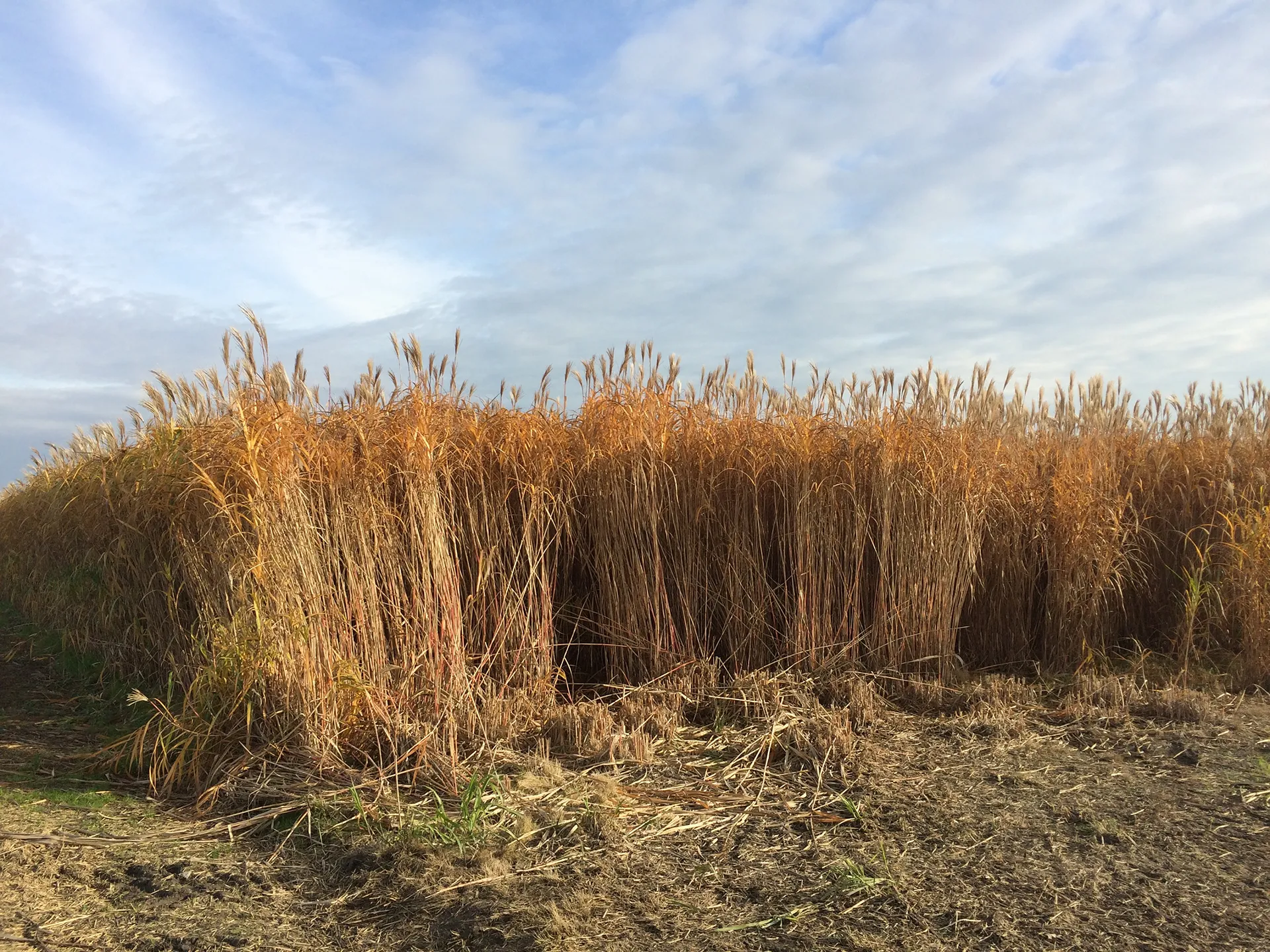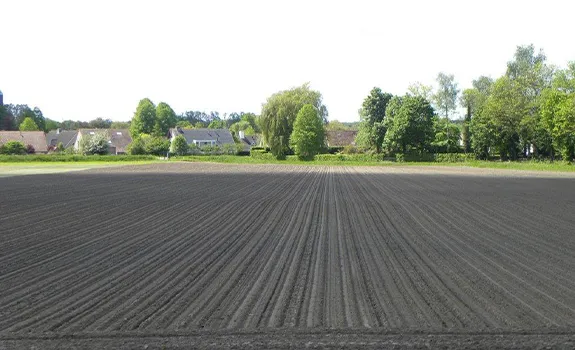Benefits of Miscanthus
Great sequestration of CO2 as a C4 crop
Miscanthus Giganteus belongs to the main type of C4 crops, which are very efficient in sequestering CO2. In fact, Miscanthus absorbs four times more CO2 than a forest in our climate!
Formation of large amounts of biomass and cellulose
With a yield of about 14 tonnes from the 4th year after planting and a high cellulose content (45% - 52%), Miscanthus is one of the leaders in our climate!
Virtually no pesticides
Weed control is only necessary in the year of planting and the 1st year after planting. For the remaining life span, this is not necessary because of soil cover due to leaf fall and the rapid growth of Miscanthus.
Virtually no fertilisation
The fertilisation requirement of Miscanthus is very limited (from 3rd year after planting, 30 - 60 kg. N/ha annually), this is due to the fact that it is a C4 crop. In addition, this is because Miscanthus dries out where nutrients sink back into the rhizomes. Furthermore, after leaf fall and composting the leaf fall, nutrients are reabsorbed by the Miscanthus.
Non-invasive
Unlike several other perennial crops, Miscanthus does not cause problems upon removal of the crop.
Biodiversity
Due to the length and density of the crop, Miscanthus provides shelter to fauna. Particularly during the winter time when Miscanthus is one of the few crops left on the land. In addition, when growing Miscanthus, there is no need to "stir" the soil during the cultivation period which benefits soil biodiversity.
Soil quality
With the deep rooting and due to the limited operational activities with Miscanthus during the winter period, there is less risk of erosion than when growing traditional field crops. In addition, because virtually no pesticides are applied, there is no risk of leaching.
Multi-annual cultivation
Due to the multi-year cultivation, operational operations are limited, an additional advantage is that costs are low. Among other things, soil preparation and planting costs can be spread over the total crop life of 20 years.






